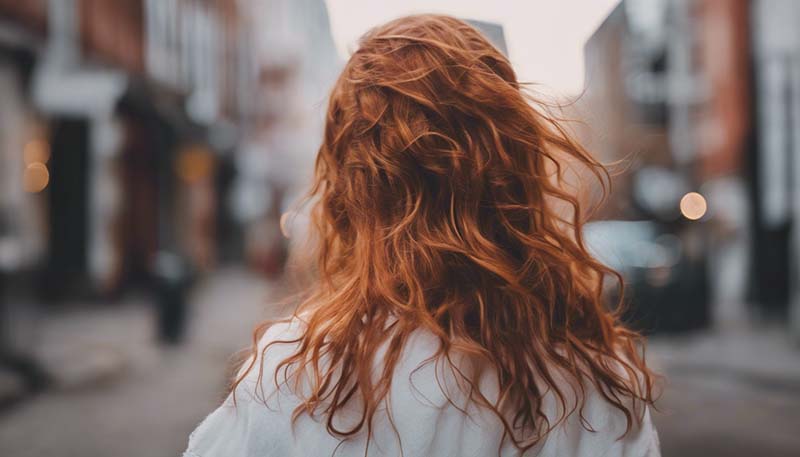The Impact of Hair Dye on Hair Health: How to Protect Your Locks
The Impact of Hair Dye on Hair Health: How to Protect Your Locks
Hair dyeing is a popular practice that allows individuals to change their hair color to suit their personal style or to cover gray hair. However, the process of coloring hair can have significant effects on the health and integrity of the hair. This article will explore the impact of hair dye on hair health and provide tips on how to protect your locks from damage.
How Hair Dye Affects Hair Health
Hair dye products can be broadly categorized into three types: permanent, semi-permanent, and temporary. Each type has a different impact on hair health:
1. Permanent Hair Dye
Permanent hair dyes contain ammonia and peroxide, which open the hair cuticle to allow the dye to penetrate the cortex. This process can lead to:
- Dryness: The opening of the hair cuticle can cause moisture loss, leading to dry and brittle hair.
- Breakage: The chemical process can weaken the hair shaft, making it more prone to breakage.
- Allergic Reactions: Some individuals may have an allergic reaction to the chemicals in permanent dyes.
2. Semi-Permanent Hair Dye
Semi-permanent dyes do not contain ammonia and only penetrate the hair cuticle's surface. They typically do not damage the hair as much as permanent dyes but can still cause:
Advertisement
- Color Fading: The color does not penetrate the hair shaft, so it is more likely to fade with washing.
- Uneven Color Results: If the hair is not properly prepped, the color may not take evenly.
3. Temporary Hair Dye
Temporary dyes coat the hair shaft without penetrating it, which is less damaging but comes with its own set of concerns:
- Staining: Some temporary dyes can stain clothes, towels, and even skin.
- Buildup: Repeated use can lead to product buildup, which may require clarifying shampoos or salon treatments to remove.
Strategies to Protect Your Hair from Dye Damage
While it's not possible to dye your hair without some level of impact, there are several strategies you can adopt to protect your hair:
1. Choose the Right Dye for Your Hair Type
Consider your hair's current health and condition when selecting a hair dye. If your hair is already damaged, opt for a less aggressive dye like semi-permanent or temporary.
2. Perform a Patch Test
Before applying dye all over your head, perform a patch test on a small section of hair or on the skin behind your ear to check for any allergic reactions.
3. Use High-Quality Products
Invest in high-quality hair dyes from reputable brands. They often contain nourishing ingredients that can minimize damage.
4. Deep Condition Regularly
Deep conditioning treatments can help restore moisture and improve the overall health of your hair after dyeing.
5. Avoid Heat Styling
Limit the use of heat styling tools after dyeing your hair, as heat can cause further damage to the hair shaft.
6. Wait Between Dyeing Sessions
Give your hair time to recover between dyeing sessions. The general rule is to wait at least 4 to 6 weeks before re-dyeing your hair.
7. Maintain a Healthy Diet
A diet rich in vitamins and minerals can help promote hair health and may improve the outcome of the dyeing process.
8. Consult a Professional
If you're unsure about the dyeing process or have concerns about your hair's health, consult a professional hairstylist for advice and potential salon treatments that can protect your hair.
Conclusion
While hair dye can be a fun way to express your personal style, it's essential to be aware of the potential impact on your hair's health. By following the strategies outlined above, you can minimize damage and maintain the vibrancy of your dyed hair while keeping your locks in good condition.
